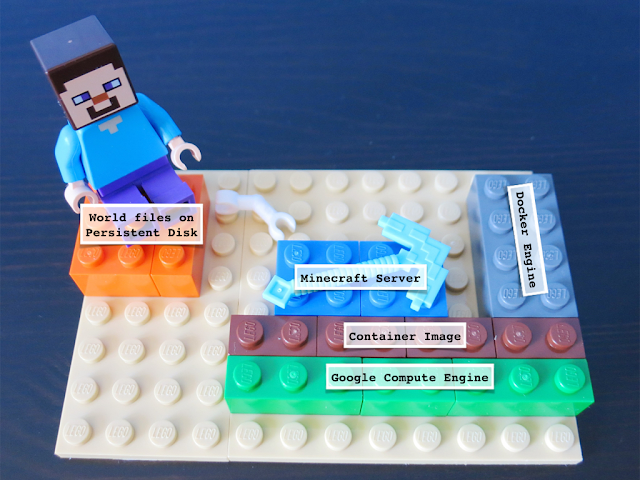Now up to 64TB of Persistent Disk may be attached per VM for most machine types, including both Standard and SSD-backed Persistent Disk. The volume size limit has increased to 64 TB also, eliminating the need to stripe disks for larger volumes.
Persistent Disk provides fantastic price-performance and offers excellent usability for workloads that rely on durable block storage. Persistent Disk SSD delivers 30 IOPS per 1 GB provisioned, up to 15,000 IOPS per instance. Persistent Disk Standard is great value at $0.04 per GB-mo and provides 0.75 read IOPS per GB and 1.5 write IOPS per GB. Performance limits are set at an instance level, and can be achieved with just a single Persistent Disk.
We have also increased the amount of Local SSD that can be attached to a single virtual machine to 3 TB. Available in Beta today, you can attach twice as many partitions of Local SSD to Google Compute Engine instances. Up to eight 375 GB partitions or 3 TB of high IOPS SSD can now be attached to any machine with at least one virtual CPU.
We talked with Aaron Raddon, Founder and CTO at Lytics who tested our larger Local SSDs. He found they improved Cassandra performance by 50% and provide provisioning flexibility that can lead to additional savings.
The new, larger SSD has the same incredible IOPS performance we announced in January, topping out at 680,000 random 4K read IOPS and 360,000 random 4K write IOPS. With Local SSD you can achieve multiple millions of operations per second for key-value stores and a million writes per second using as few as 50 servers on NoSQL databases.
Local SSD retains the competitive pricing of $0.218 per GB/month while continuing to support extraordinary IOPS performance. As always, data stored in Local SSD is encrypted and our live migration technology means no downtime during maintenance. Local SSD also retains the flexibility of attaching to any instance type.
Siddharth Choudhuri, Principal Engineer at Levyx stated that doubling capacity on local SSDs with the same high IOPS is a game changer for businesses seeking low-latency and high throughput on large datasets. It enables them to index billions of objects on a single, denser node in real-time on Google Cloud Platform when paired with Levyx’s Helium data store.
To get started, head over to the Compute Engine console or read about Persistent Disk and Local SSD in the product documentation.
- Posted by John Barrus, Senior Product Manager, Google Cloud Platform



